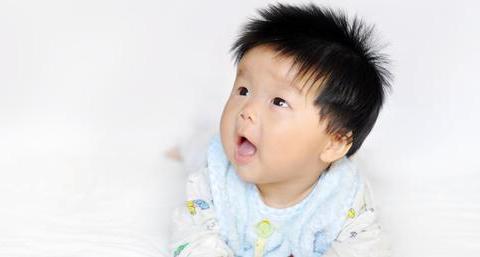What Babies’ Brains Tell Us about Adult Creativity

What’s the Latest Development?
Harvard researcher Elizabeth Spelke studies the minds of babies to better understand how we think and behave as adults. Her work at the Laboratory for Developmental Studies has cemented the concept of the infant gaze as a key to understanding how budding minds develop. By recording how long babies stare at a scene where their expectations have been placed, Spelke can gain insight into how newborns see the world and what their innate preferences are. Before the age of one, babies have a basic Euclidean understanding of space while a grasp of colors develops around age five or six.
What’s the Big Idea?
Spelke’s most advanced work has focused on how “the core domains of the human mind interact to yield our uniquely restless and creative intelligence.” It is also the most controversial side to her research. “Dr. Spelke has proposed that human language is the secret ingredient, the cognitive catalyst that allows our numeric, architectonic and social modules to join forces, swap ideas and take us to far horizons. ‘What’s special about language is its productive combinatorial power,’ she said. ‘We can use it to combine anything with anything.'”
Photo credit: Shutterstock.com




